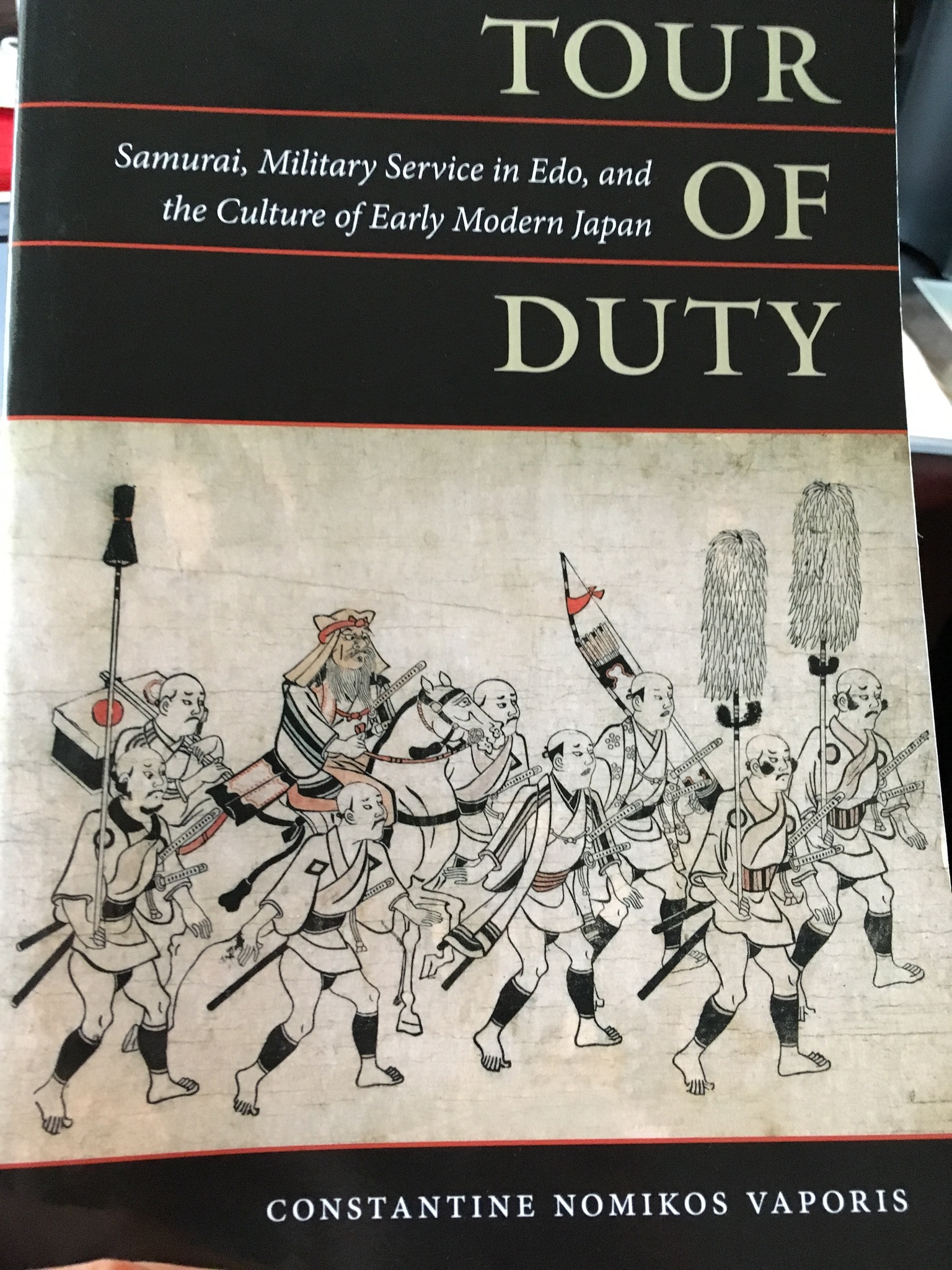 Book Review by Emily Egan
Book Review by Emily Egan
2017 Dec. 3
Tour of Duty: Samurai, Military Service in Edo, and the Culture of Early Modern Japan
By Constantine Nomikos Vaporis
2008, University of Hawai’i Press
318 pages
This book first caught my eye on the University of Hawai’i Press site (www.uhpress.hawaii.edu). It describes the institution of sankin kōtai or alternate attendance as done in the Edo era, from the overall process to the experiences of individual daimyo retainers on the road and in Edo. Of special note to MJER practitioners, a lot (but not all) of the description of process and experience is specific to Tosa domain because apparently a lot of primary material in the form of Tosa retainer diaries have been preserved. For those in MJER who do not know the history of the style, just know that from early in the Edo period, starting with the ninth headmaster (Hayashi Rokudayu Morimasa, 1661-1732) the style was passed on in Tosa domain only (later in the Meiji era Tosa became the modern Kōchi prefecture).
This excerpt from the Introduction is a nice summary of the author’s intention with this detailed work.
“However my purpose here is to put a human face on the political institution— to render alternate attendance as a lived experience. As much as extant documentation allows, I examine what the trip to and from Edo was like, what the period of enforced residence in the nation’s largest city meant to individual retainers, and how that experience effected both their personal lives and careers as well as the cultural life of the city of Edo.”
There is a LOT of information in this book, both in the main text and in the numerous notes in the back. While many of the notes are just citation of sources, some contain interesting information, so the reader is advised not to ignore the notes. The density of the information made for slow going, especially at the beginning, but towards the end where the focus is on retainers’ experiences in Edo it picks up a bit.
Before reading this book I knew about alternate attendance from reading about Japanese history, but had no understanding of what was involved in the preparation and execution of the trip, or of life in Edo as a member of a daimyo compound. This book filled in huge voids in my knowledge that I did not know were there.
Below are a few of the many things that stood out to me during my read through:
* The Yamamoto-yama tea you can buy today is part an unbroken continuation of the Edo-based shop of the same name (established about 1690). Back then the tea was a popular gift that retainers on duty in Edo would buy for their friends and family back in the domain.
* A description of a Kurume retainer going to Edo to learn a style of swordsmanship,— earning a license to teach after five years, then returning to the domain to become an instructor in the domain school.
* Buried in a note was a description of the daughter of a merchant family, employed in a daimyo compound, who was taught not just reading, writing, confucian studies, dancing and singing, but also martial arts.
* A brief mention of young women’s sumō (in Edo).
* In some domains retainers picked to accompany the lord on the trip to Edo were told to get in shape before hand. [Daimyo processions covered about 35 to 40 kilometers a day.]
* Listed in a note, the hierarchy of samurai ranks in a daimyo’s household.
* Mentioned in a note, Tosa samurai testing their new swords on a boar’s head,- then cooking & eating the head.
There were many other details worth mentioning.
Here is a link to the book description on the University of Hawai’i Press site. Also at the link are more reviews, an author bio, and a listing of the table of contents under their respective tabs.
http://www.uhpress.hawaii.edu/p-5543-9780824834708.aspx
Summary: If you’ve ever wanted to know more about alternate attendance, this, and no other, is the book for you.
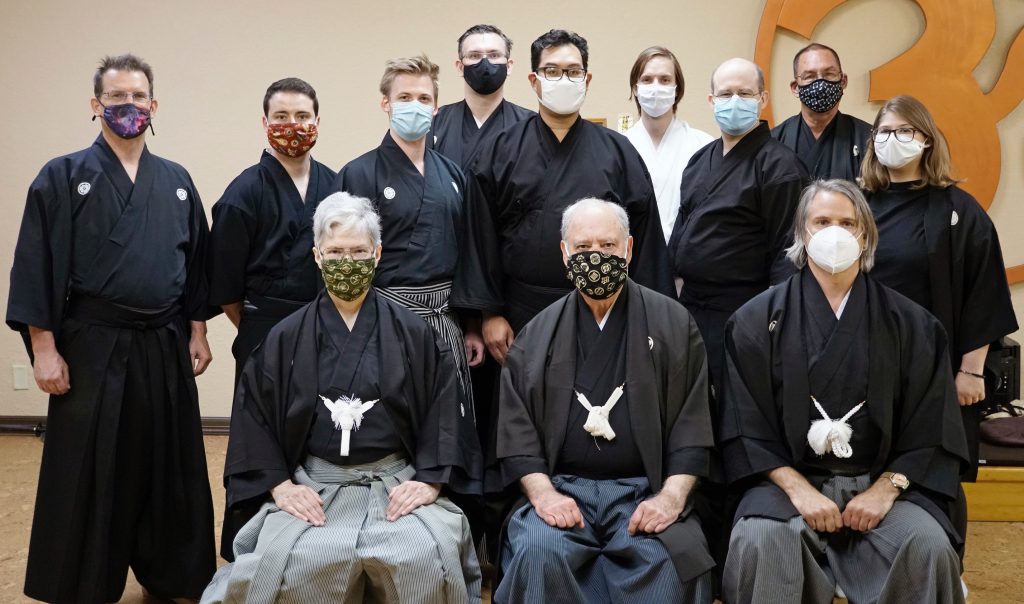
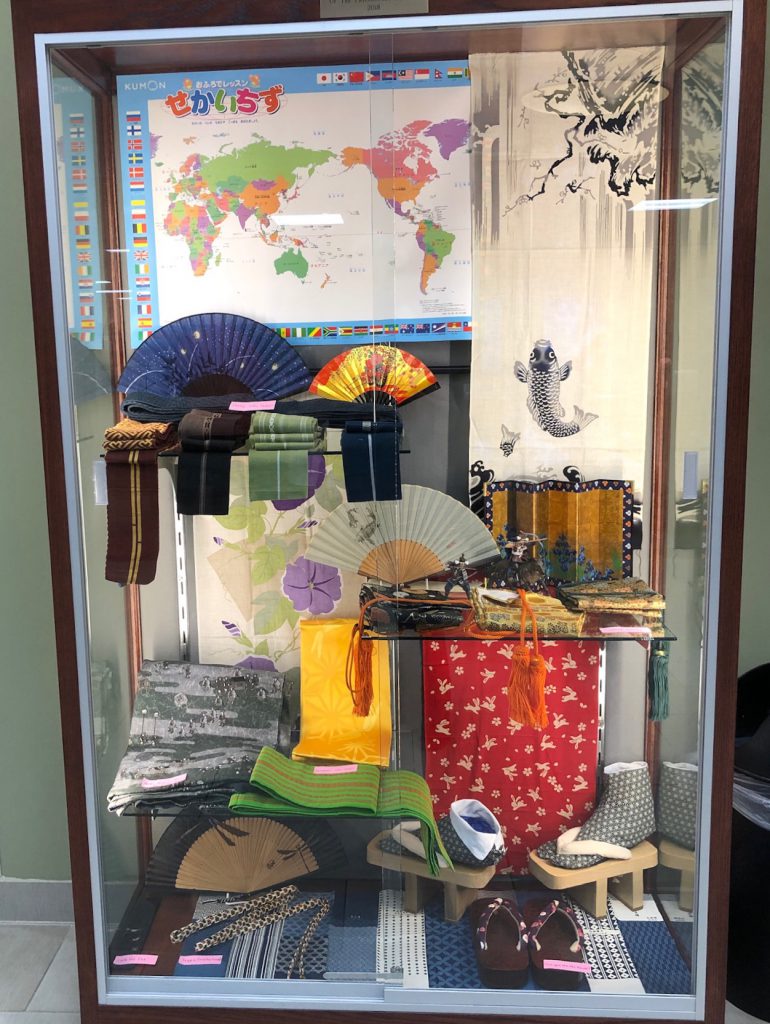
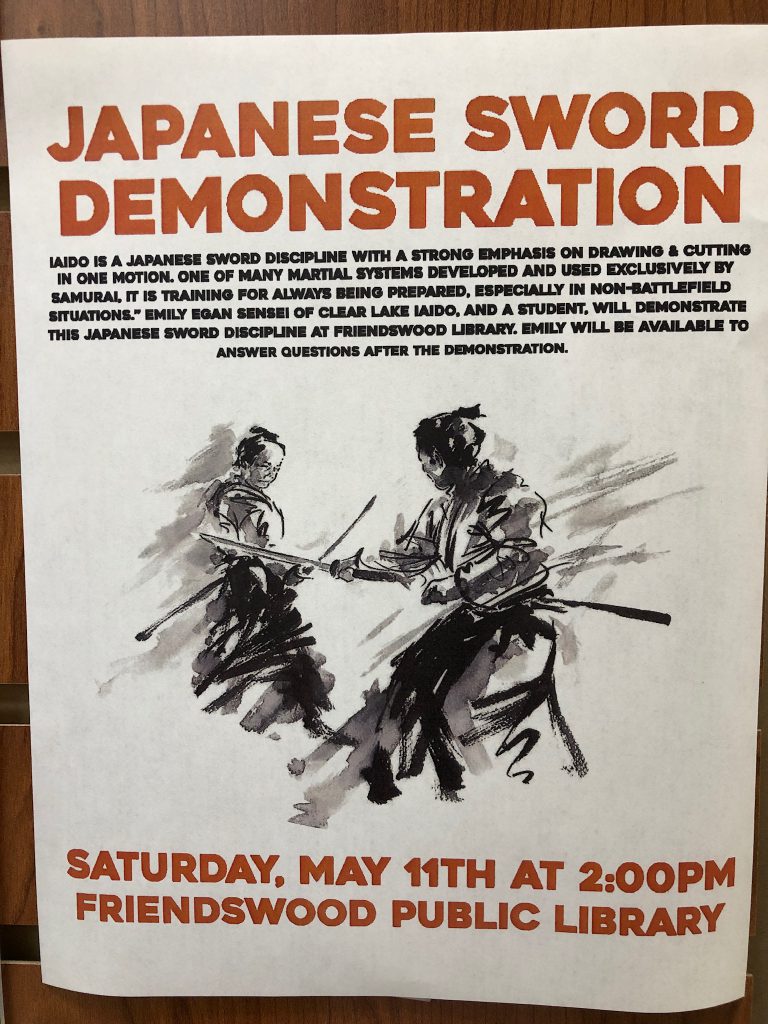

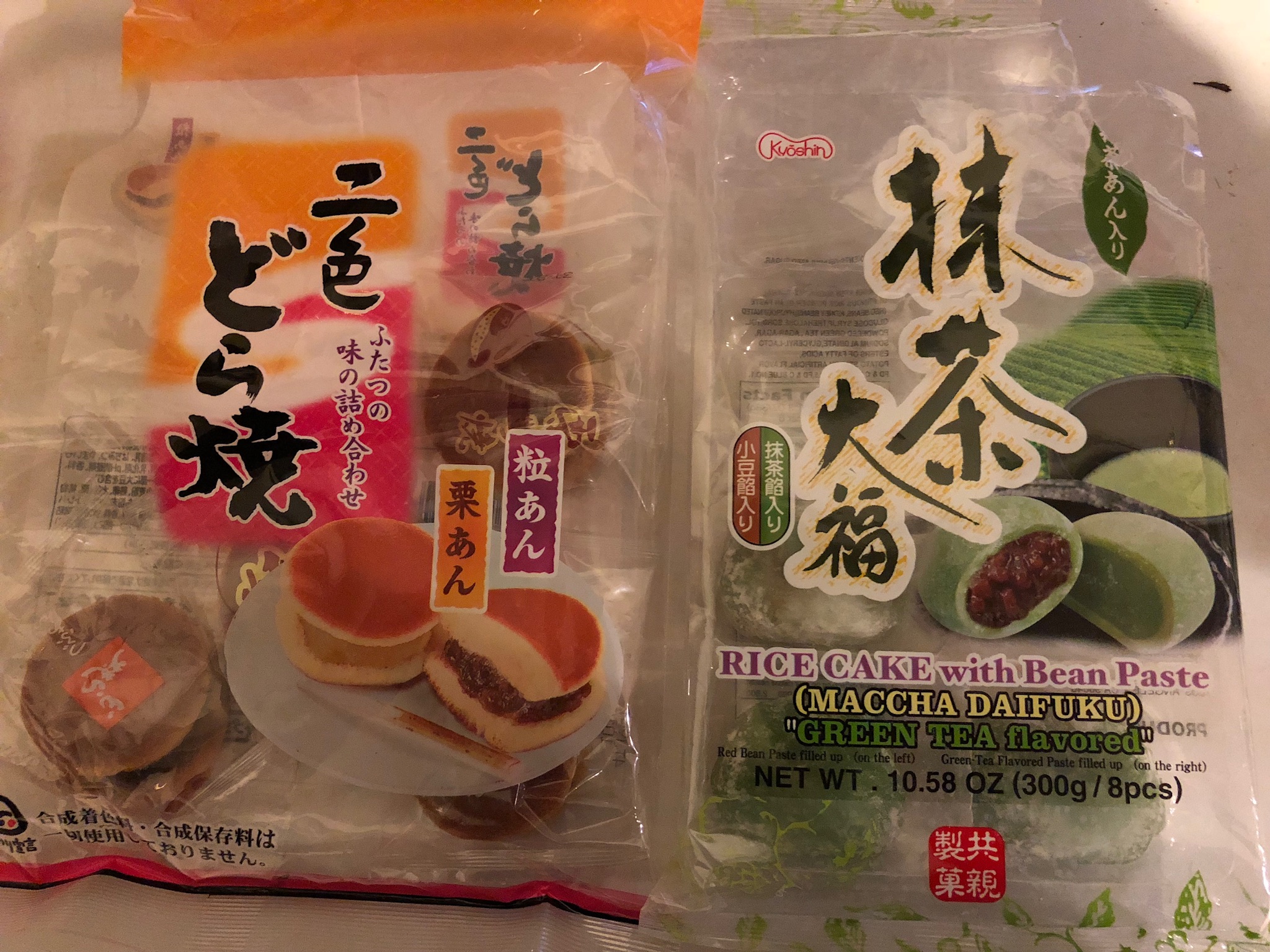
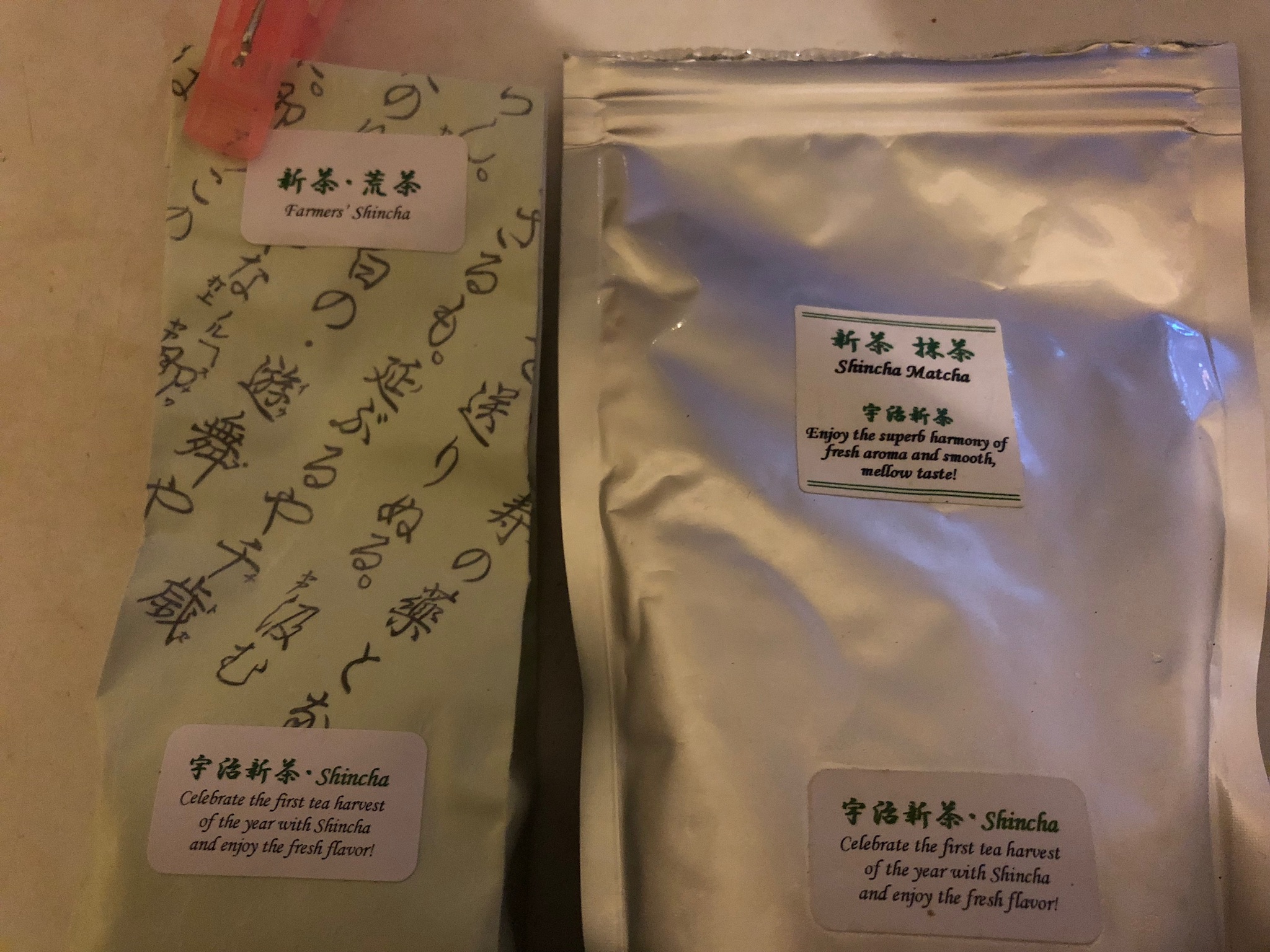
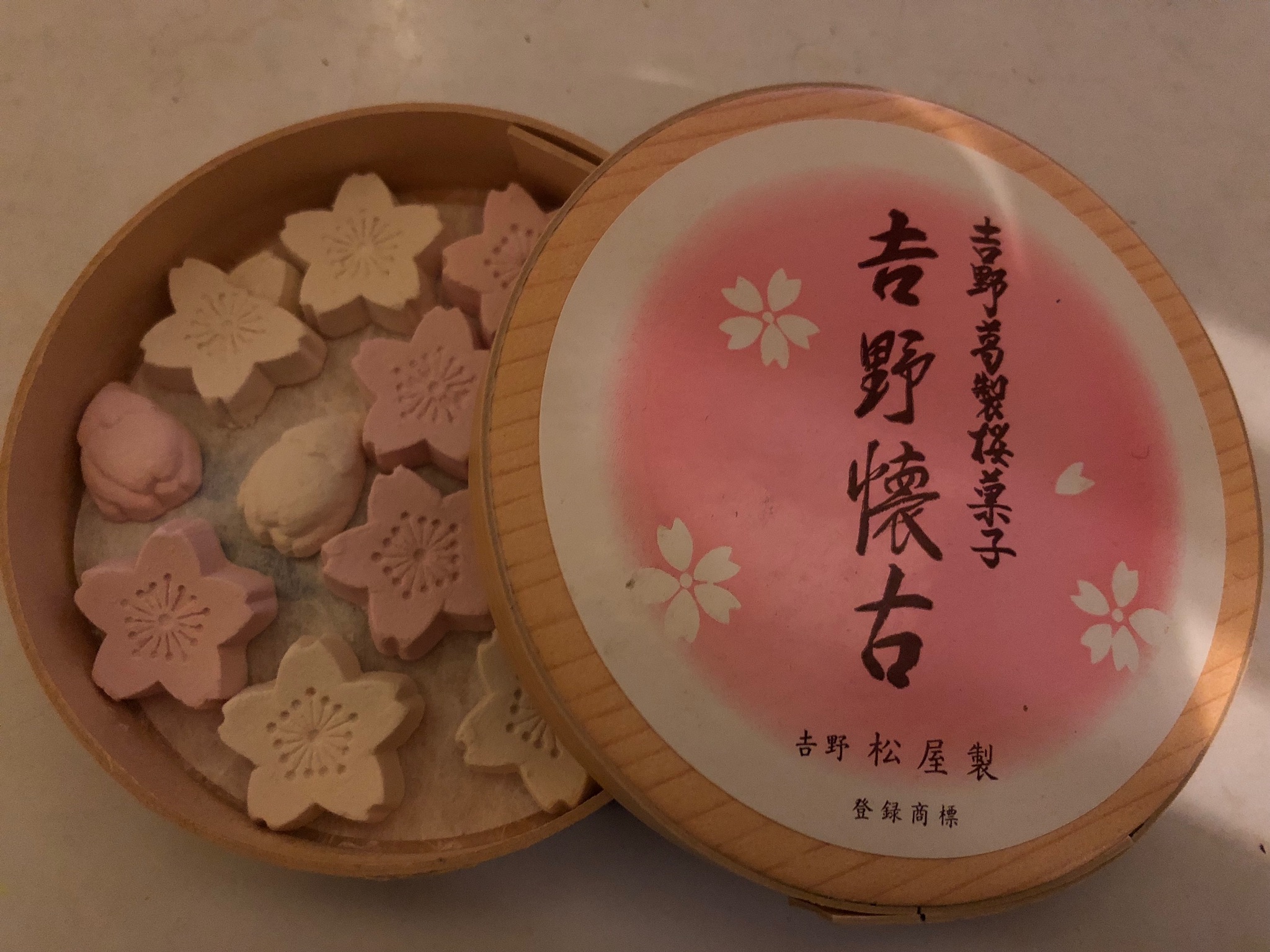
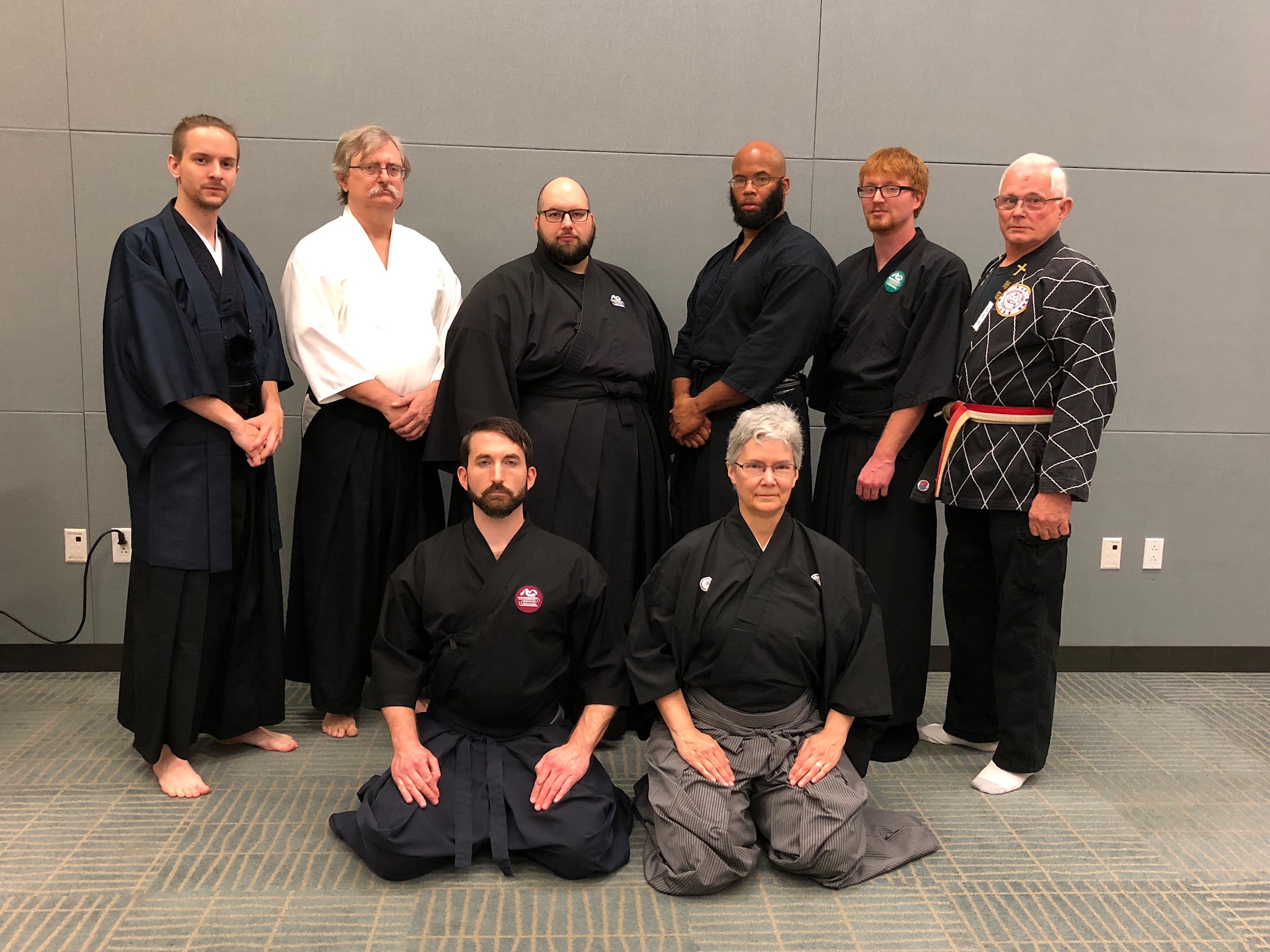
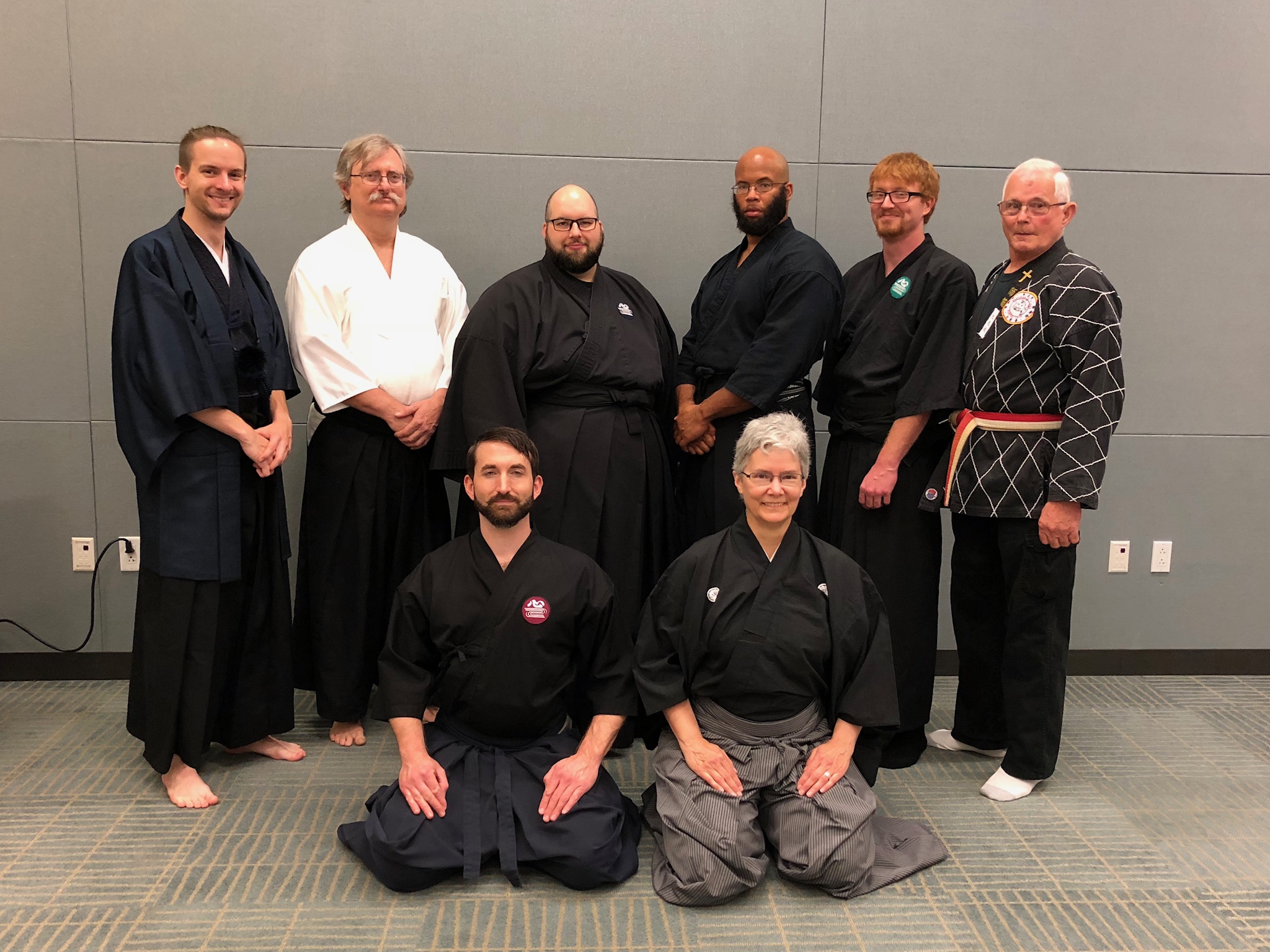

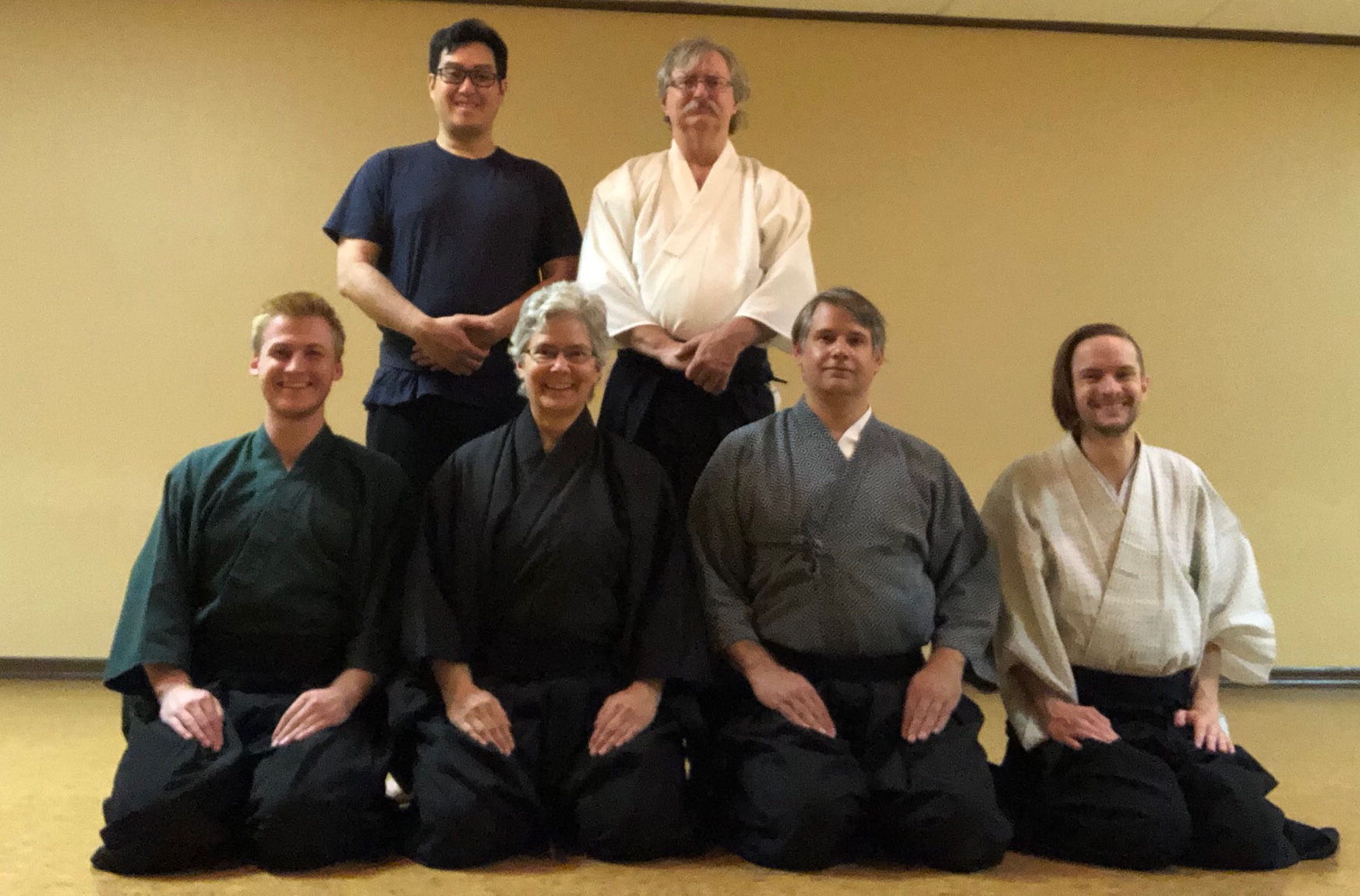
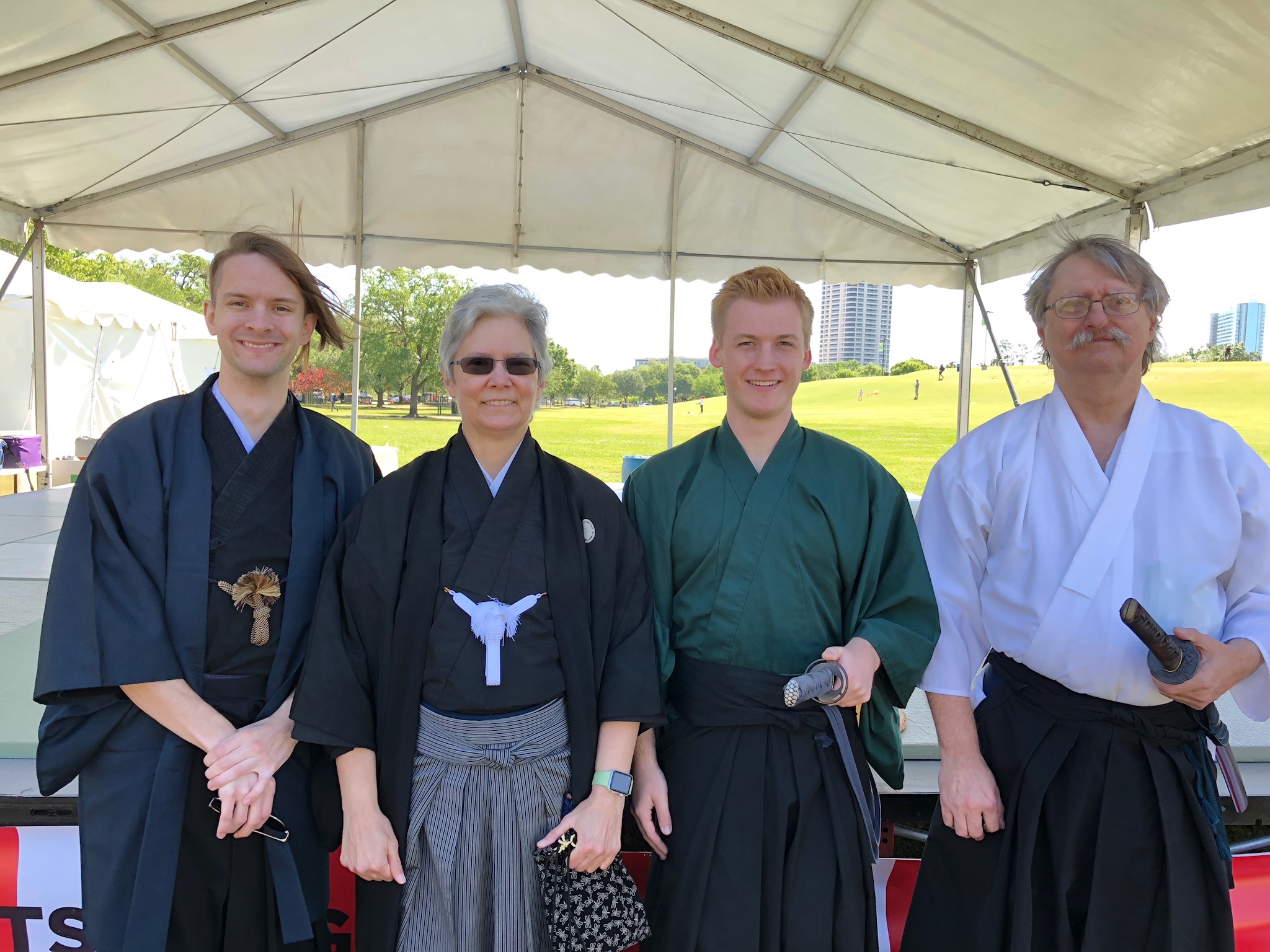
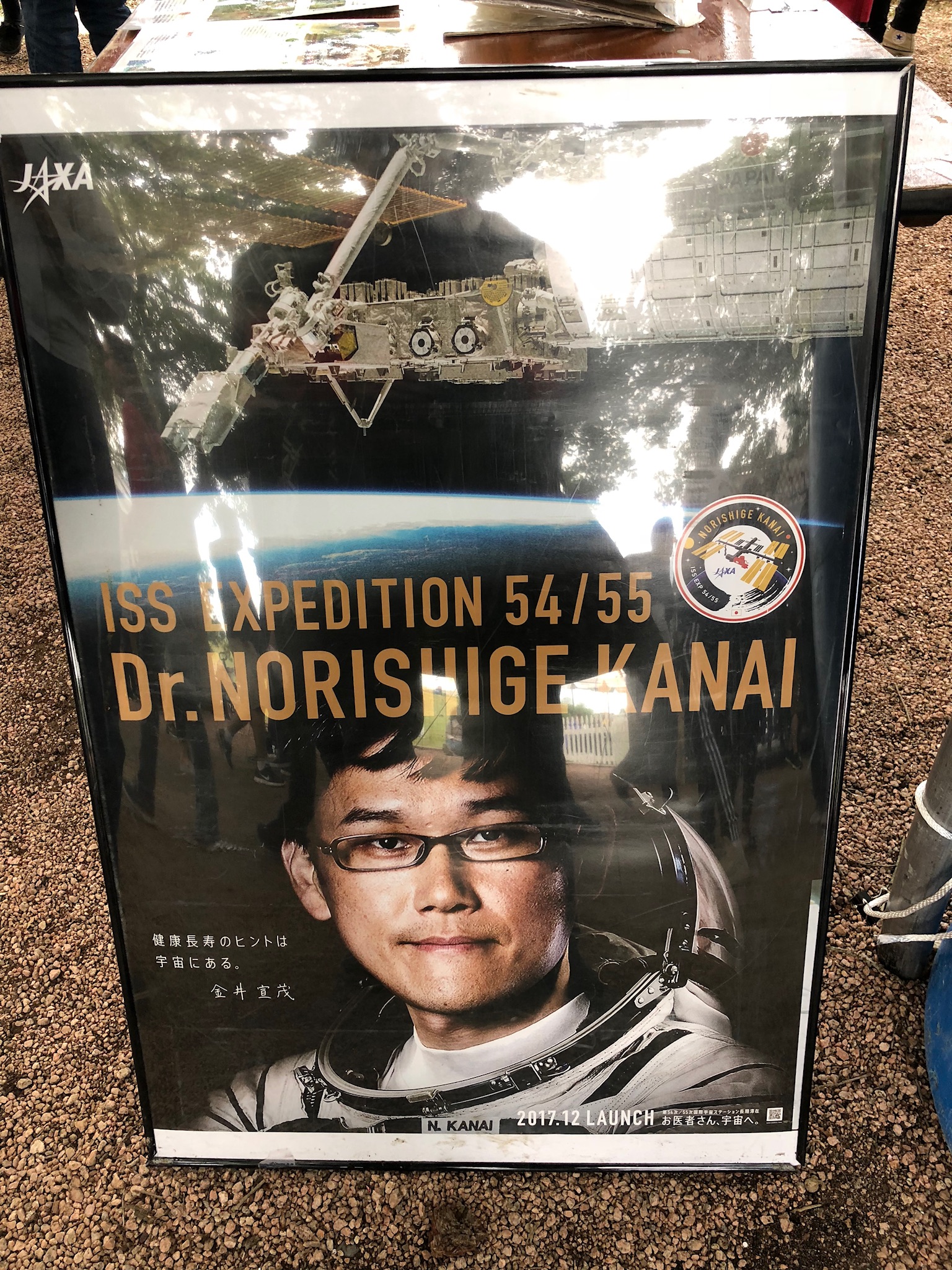
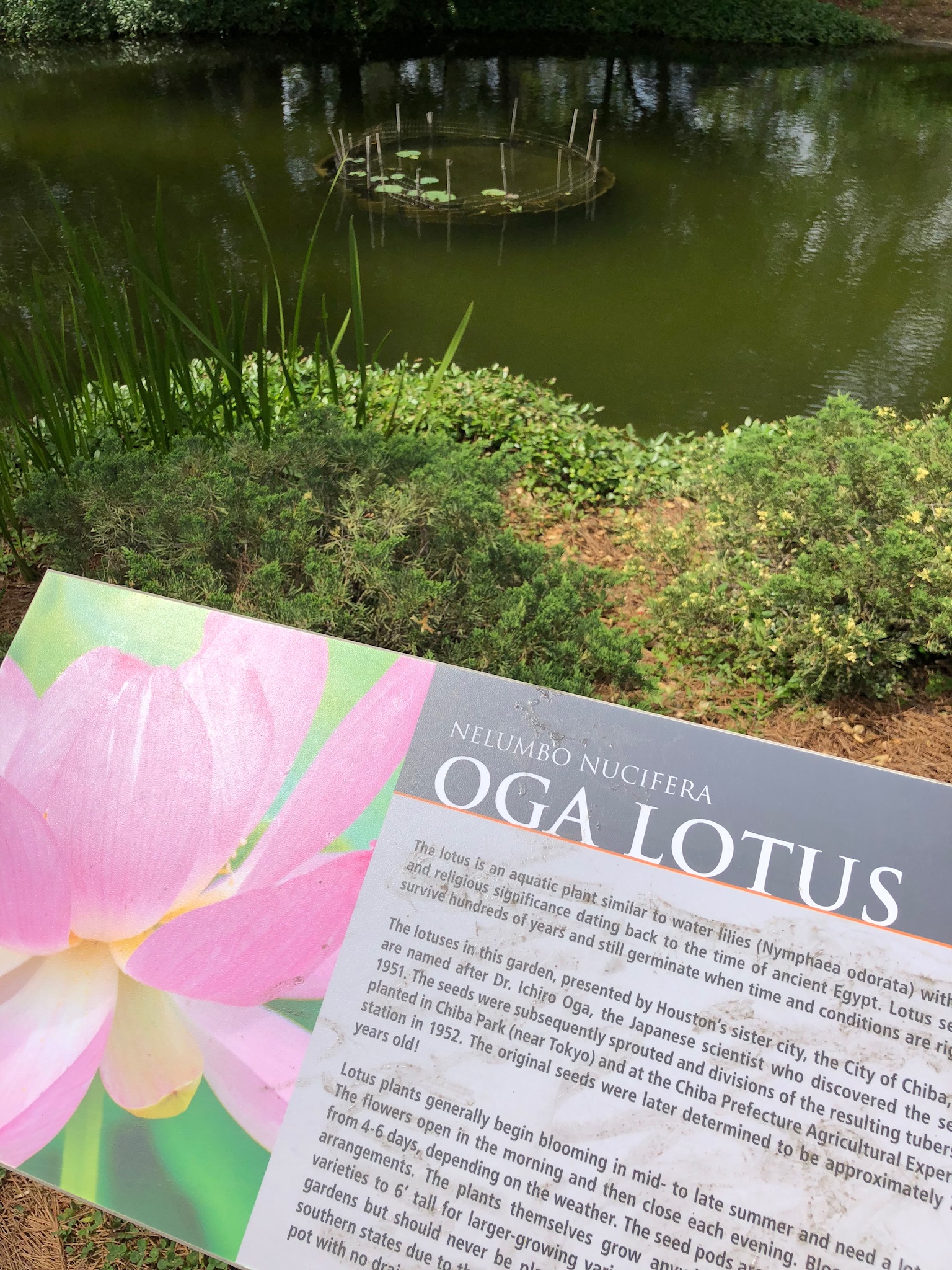
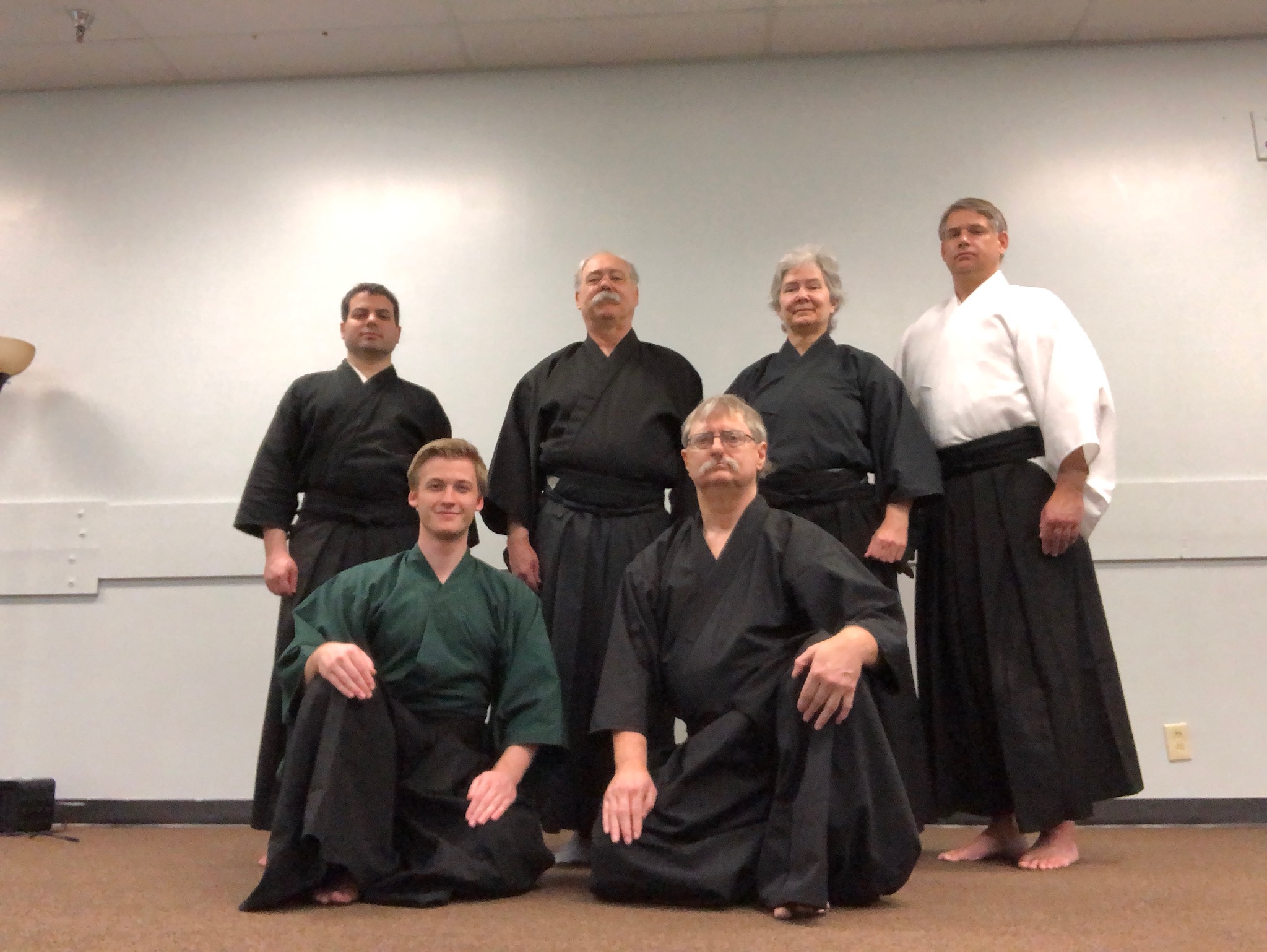
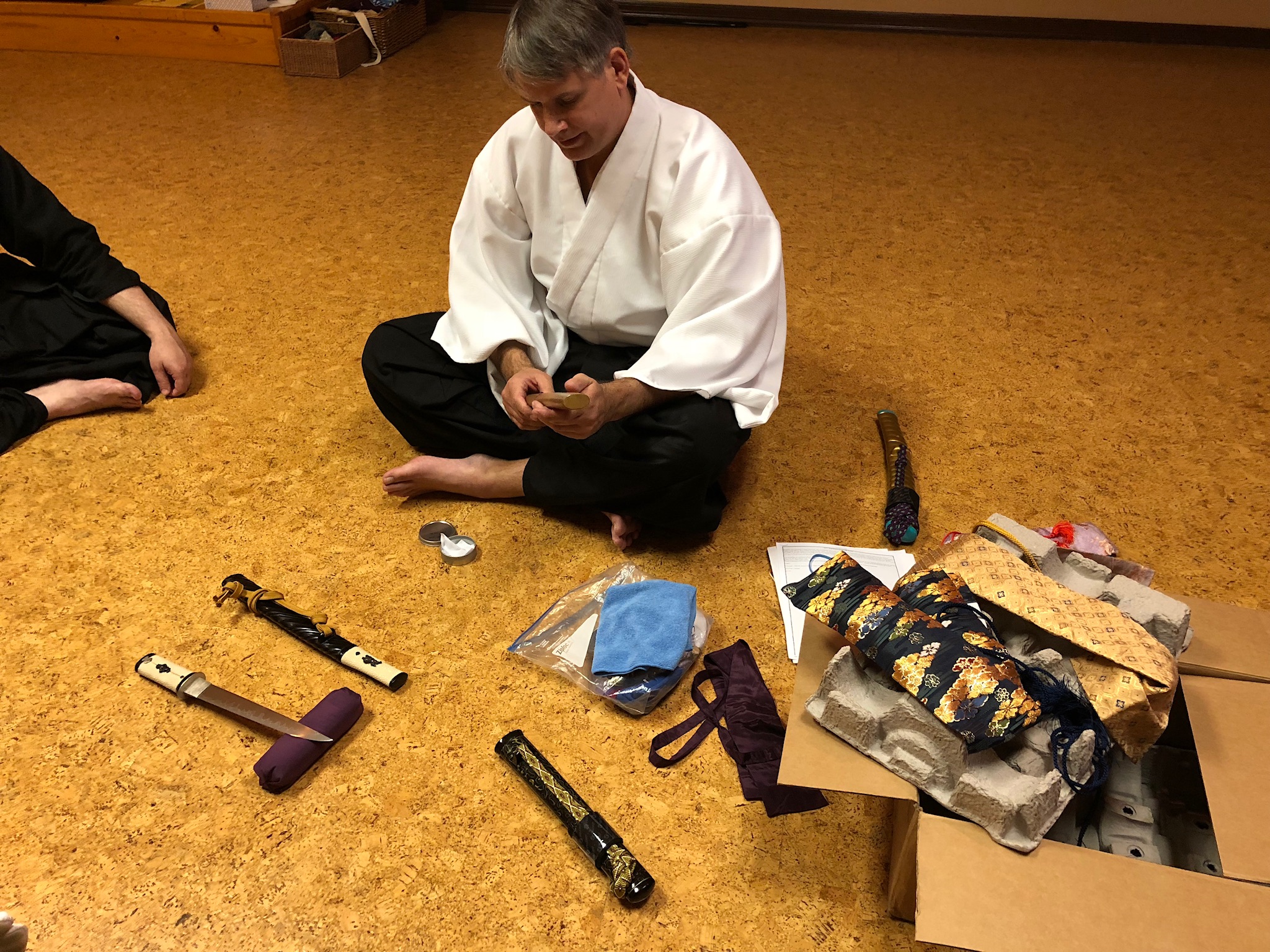
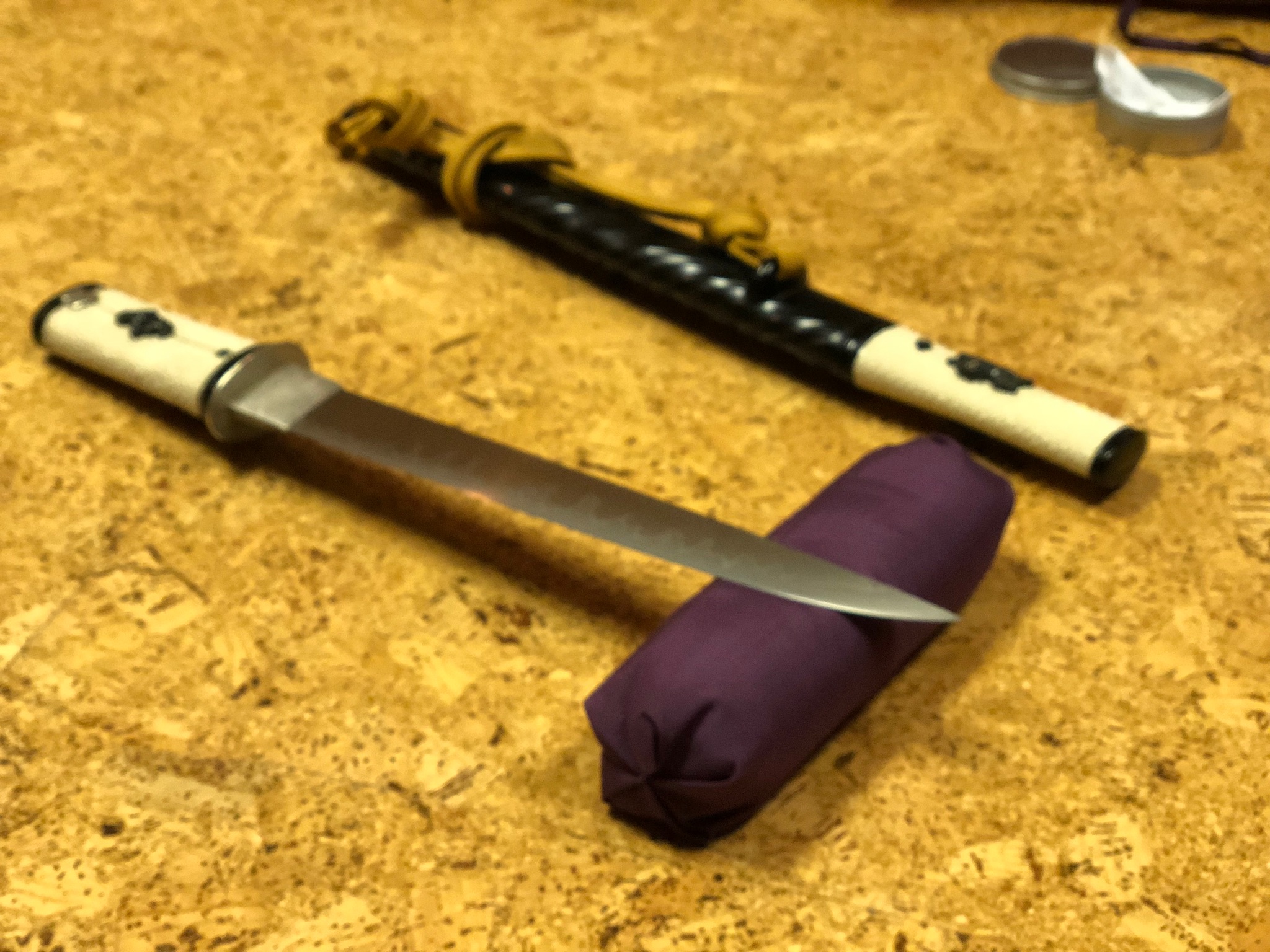
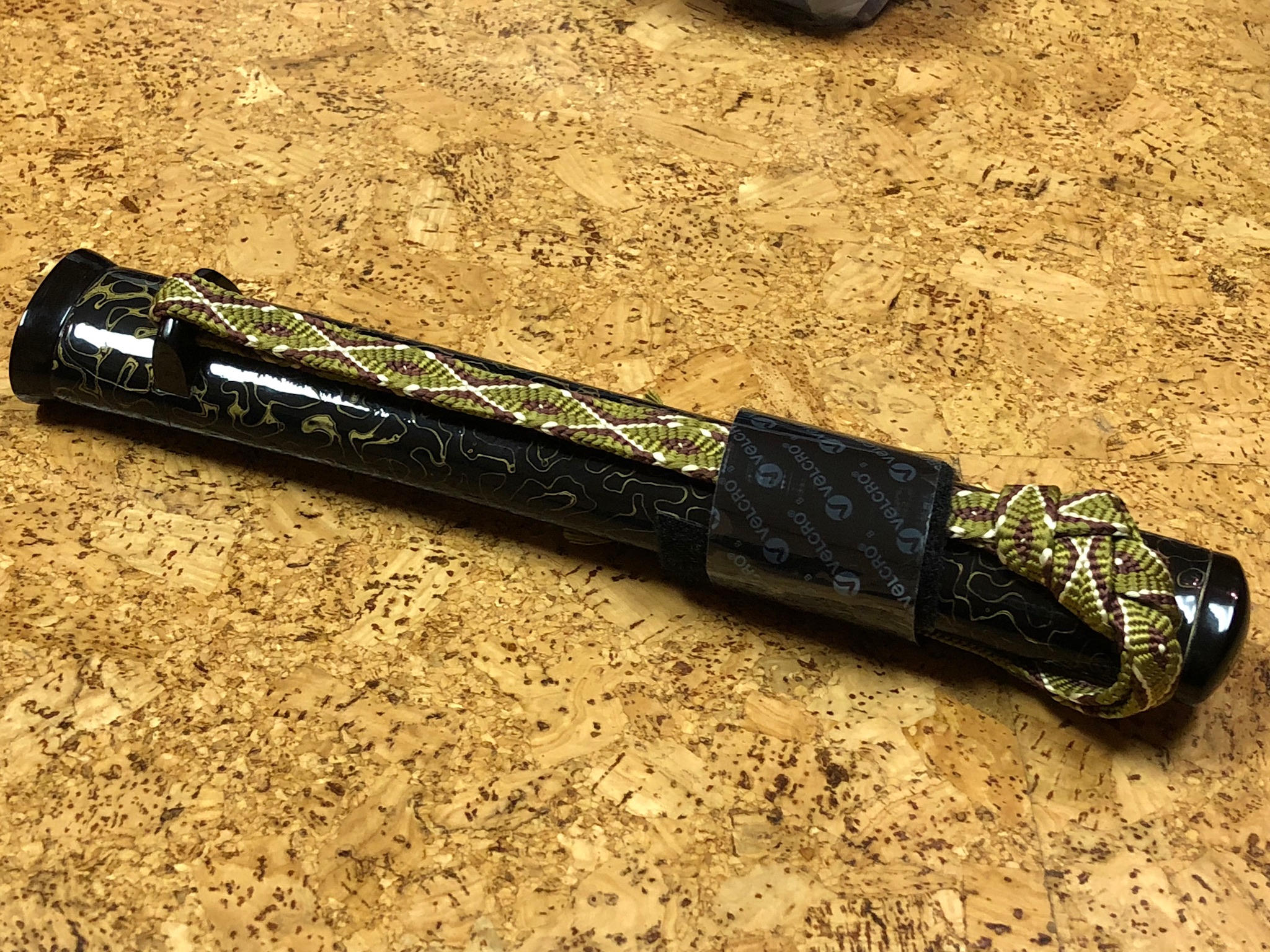
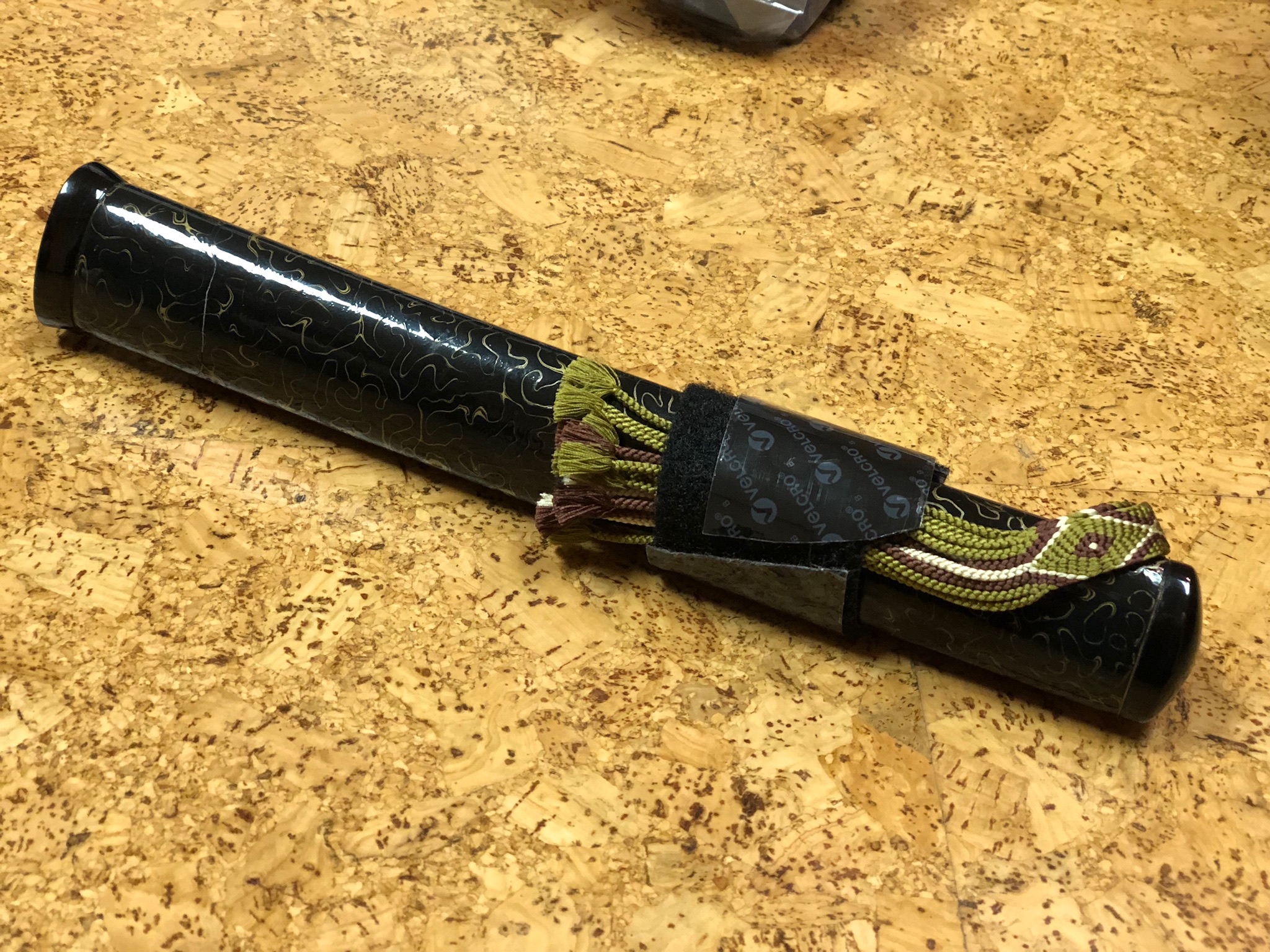

 Home
Home